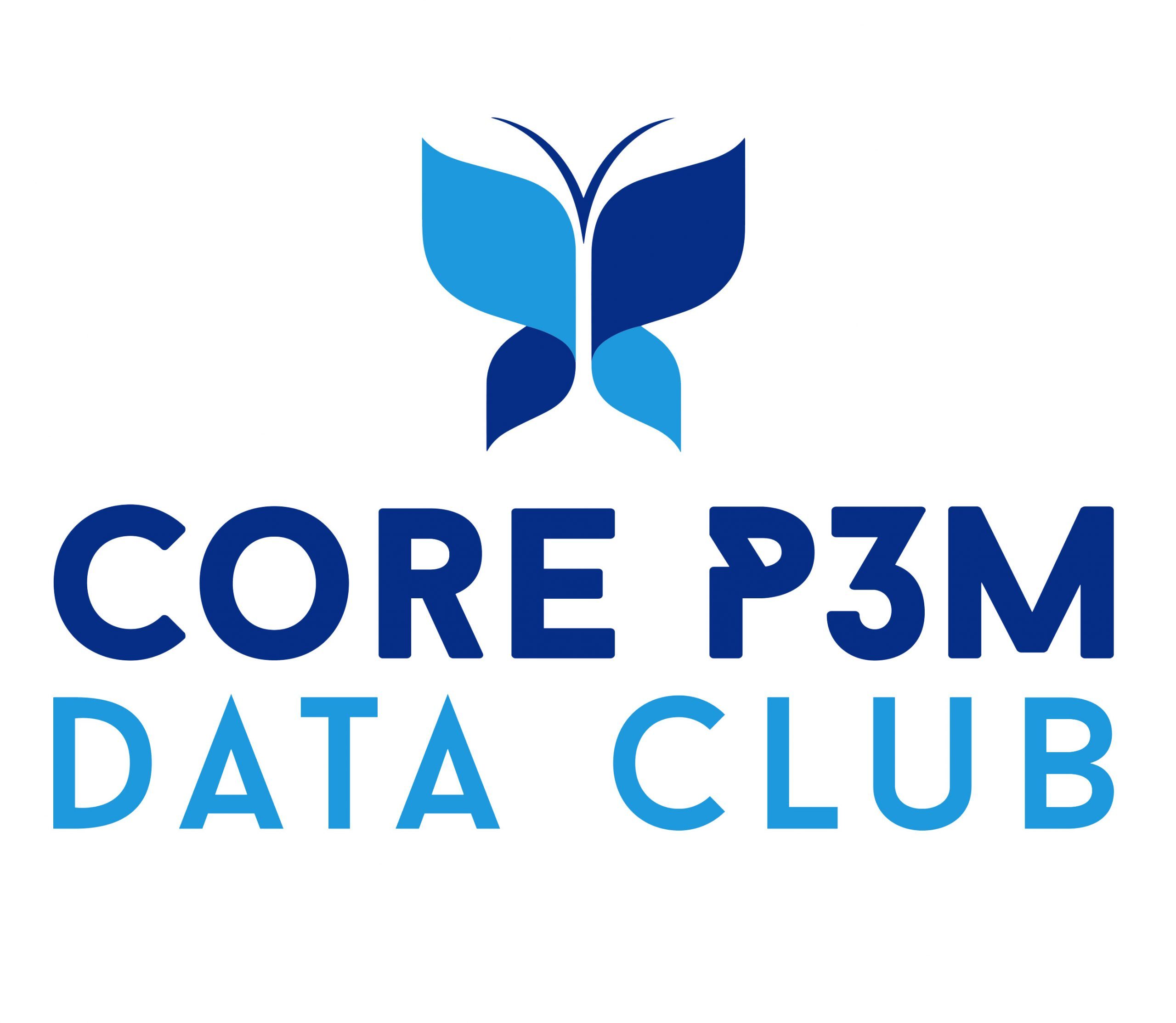The Core P3M Data Club and the Business Integrated Governance (BIG) Model have provided an alternate approach to portfolio, programme, product and project management improvement that embraces business wide engagement to bring change and business as usual into closer alignment.
For many years, organisations have tried to create local solutions (e.g. PPM solutions) within their domains and some have then struggled to get integration with wider organisational governance, processes and systems. For example, ‘strategy to delivery’ solutions are only loosely connecting, finance integration can be painfully manual, resource management is separated from project delivery needs, holistic prioritisation capability is lacking, and assurance information takes weeks to assemble.
An answer has been to adopt ‘one-stop-shop’ solutions, but these are expensive, sometimes over promise, are difficult to configure to all requirements, suffer user adoption issues, and prove difficult to migrate off from or grow around and limit agility. With the growth of cloud-based options for (e.g.) PPM systems, and the development of multiple management methods, trying to force a ‘one size fits all’ approach is going to work even less well in future.
Moreover, it is interesting to reflect that some talk endlessly about agility and then the bulk of the market place suggests a single source solution as being the way forward. The sound of people slapping their foreheads as the irony and cognitive dissonance sinks in should be deafening! After all – no one has only got one app on their mobile.
At the same time, advances in data integration technology, methods and analytics capability mean that technically we can harvest, process, join and present information from systems of our choice far more easily than in the past.
However, technology is not THE answer. The BIG scenario implied is possible – but only if we can coordinate an integrated vision to work to. It must work cross business domain, method, system and delivery capability.
In response to this – outputs from the Core P3M Data Club support development of an integrated capability vision and provide collateral to enable closer more integrated working.
BIG elements can of course be delivered tactically, but the as the goal of a BIG approach is enterprise wide, it is recommended that a BIG initiative has top level executive sponsorship and ideally top level leadership and management.

Example lifecycle
The intent with a BIG is to effectively implement what already exists, leverage technology already in place, orchestrate governance and incrementally grow capability. It does not promote large system implementation, process and method imposition, or any bureaucracy. It should lead to greater strategy delivery, increased business agility, greater delivery efficiency and increased decision-making effectiveness without spending vast sums or making large transformations.
The overall approach is to:
– engage stakeholders with options and possibilities,
– develop a vision, agree a roadmap, agree a business plan for the “product”,
– make core preparations, then layer on capability in response to customer needs during adoption,
– systematically use a roadmap to work through levels of maturity and widen adoption to achieve culture change and expected benefits,
– use what already exists, extend capability where needed,
– accept one size does not fit all with respect to technology, method or adoption / sustainment.
– use programme management as a suitable method to use for initiation, but product management thereafter since the resultant BIG ecosystem is an asset to be managed.
More information is offered here.
